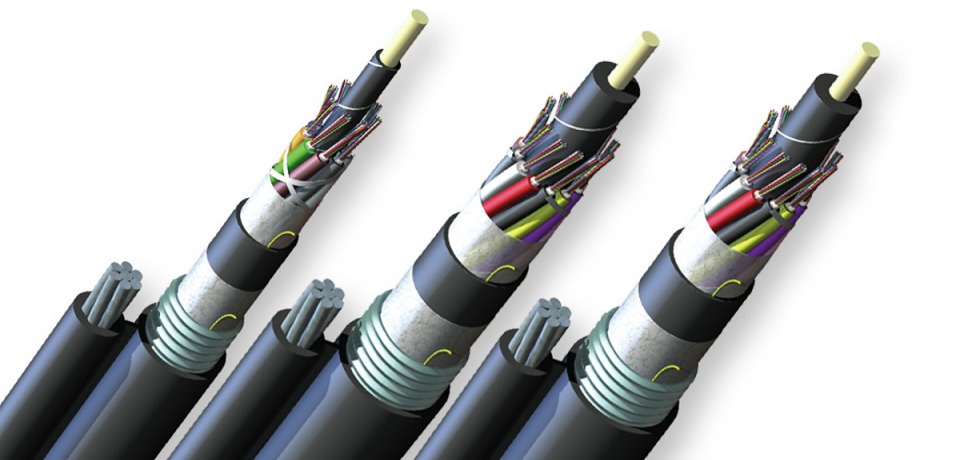Introduction
Corning ALTOS Loose Tube Cable gel-filled are self-supporting aerial cables designed for easy and economical one-step installation. The loose tube design provides stable performance over a wide temperature range and is compatible with any telecommunications grade optical fiber.
While the flexible, craft friendly buffer tubes are easy to route in closures, the SZ -stranded, loose tube design isolates optical fibers from installation and environmental rigors and facilitates midspan access. The ALTOS Loose Tube Cable allows easy, one -step installation, using standard hardware and installation methods. These cables have a medium density polyethylene jacket that is rugged, durable and easy to strip.
Planning And Preparation
1. Prior to beginning an aerial cable installation, careful planning and preparation are necessary. Representatives of each organization potentially affected by the installation (utilities, street department, police, etc.) should be present during the route survey. Approval by all necessary parties should be secured before detailed planning begins.
A few of the issues to be considered are listed in the following paragraphs. Planning should be undertaken jointly by construction and engineering personnel. Hardware requirements should also be considered at the planning stage.
Route Selection And Planning
2. Installation costs will be minimized by using existing poles whenever possible. The ability of existing poles to accept ALTOS Loose Tube Cable and the need for modification should be determined using your company’s normal criteria for installing an additional cable with a dedicated messenger.
Ideally, the guying of the cable plant should remove all lateral stress, leaving the poles to support only the weight of the cable and associated hardware. Sufficient clearance for new cable along the right of way should be confirmed during the route survey.
Cable Placement
3. Several factors should be considered when deciding where on a pole to place figure-8 cable. Like other fiber optic cables, figure-8 cable weighs less than equivalent copper cables and will tend to sag less over a given aerial span. Because of this, it should occupy the uppermost available communications space on a pole in order to maintain adequate clearance.
4. On joint-use poles, care must be taken to ensure sufficient clearances between figure-8 cable and electrical power and other cables. The necessary clearance should be determined on a case-by-case basis by referring to the current NESC, appropriate local codes and your company’s standards. Full Installation PDF


